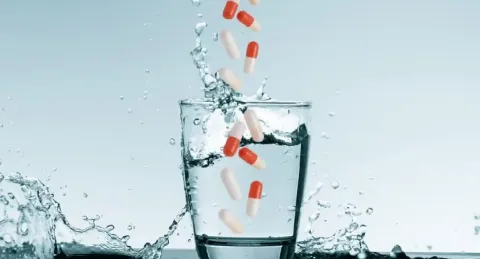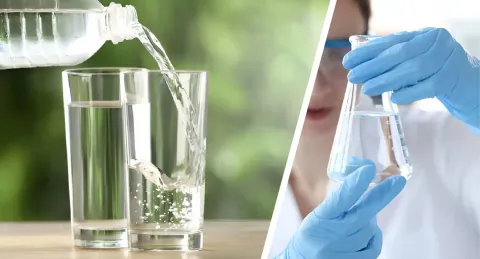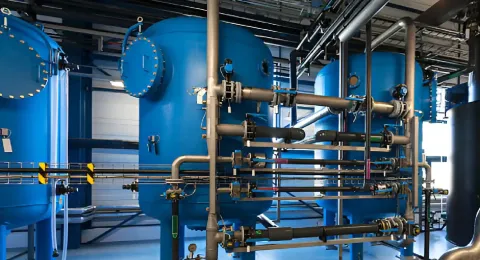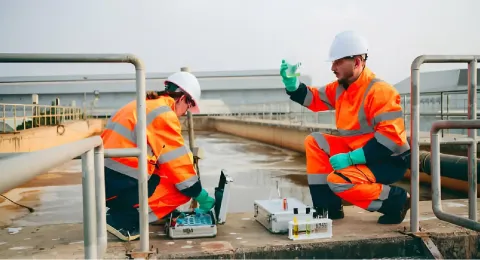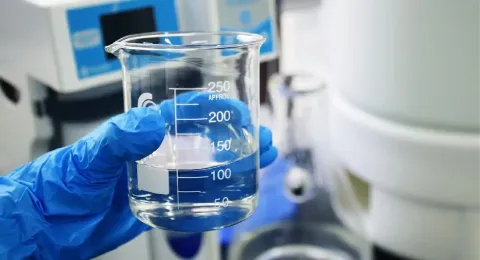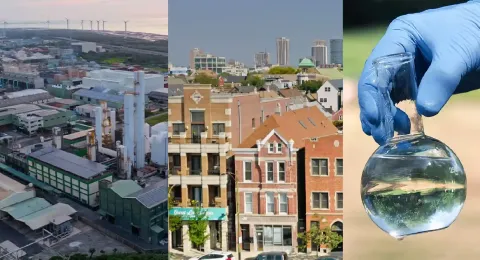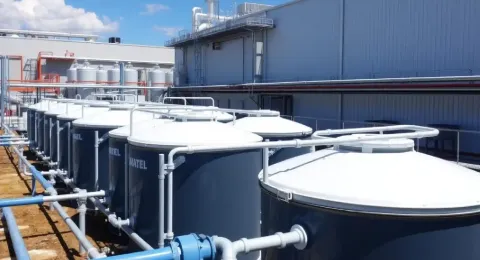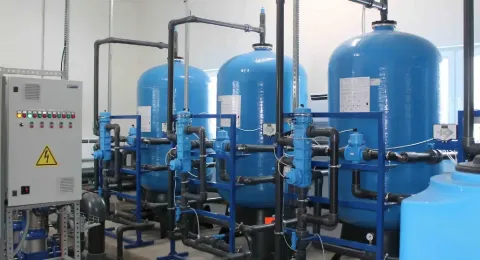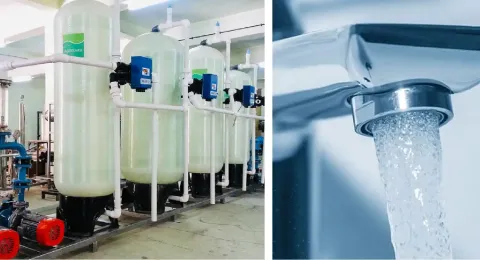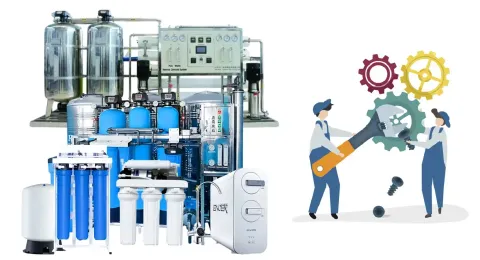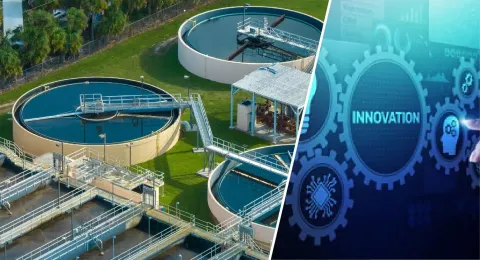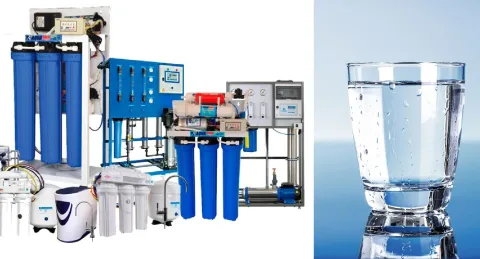Photo Courtesy: www.unwater.org
Water is
a critical resource for life, health, and development, playing a central role
in achieving global sustainability. The United Nations' 2030 Agenda for Sustainable
Development highlights water as a core focus, with multiple Sustainable
Development Goals (SDGs) directly or indirectly linked to water management and
access.
This
article explores the SDGs related to water, their targets, and the challenges
and strategies for achieving them.
Directly Water-Related SDGs
1. SDG 6: Clean Water and Sanitation
- Goal:
Ensure availability and sustainable management of water and sanitation for
all.
- Key
Targets:
- Achieve
universal and equitable access to safe and affordable drinking water
(Target 6.1).
- Provide
adequate sanitation and hygiene, ending open defecation (Target 6.2).
- Improve
water quality by reducing pollution and managing wastewater (Target 6.3).
- Increase
water-use efficiency and ensure sustainable freshwater withdrawals
(Target 6.4).
- Implement
integrated water resource management (Target 6.5).
- Protect
and restore water-related ecosystems, including rivers, wetlands, and
aquifers (Target 6.6).
Importance:
Access to
clean water and sanitation is fundamental for health, education, economic
development, and environmental sustainability.
Indirectly Water-Related SDGs
2. SDG 3: Good Health and Well-Being
- Connection
to Water:
- Access
to safe water prevents waterborne diseases like cholera, dysentery, and typhoid.
- Proper
sanitation and hygiene reduce child mortality and improve maternal
health.
3. SDG 11: Sustainable Cities and Communities
- Connection
to Water:
- Urban
water management ensures resilient infrastructure for water supply,
sanitation, and flood prevention.
- Smart
water systems enhance sustainability in urban areas.
4. SDG 12: Responsible Consumption and Production
- Connection
to Water:
- Encourages
efficient water use and reduced pollution from industrial and
agricultural activities.
- Promotes
the sustainable management of water-intensive industries.
5. SDG 13: Climate Action
- Connection
to Water:
- Climate
change exacerbates water scarcity, flooding, and pollution.
- Adaptive
water management strategies are essential to mitigate climate impacts.
6. SDG 14: Life Below Water
- Connection
to Water:
- Reducing
water pollution protects marine ecosystems.
- Sustainable
freshwater management supports the health of estuaries and coastal
environments.
7. SDG 15: Life on Land
- Connection
to Water:
- Restoring
wetlands and forests supports biodiversity and natural water filtration.
- Preventing
desertification ensures sustainable water availability.
Challenges in Achieving Water-Related SDGs
- Water
Scarcity
- Over-extraction,
climate change, and population growth increase water stress in many
regions.
- Water
Pollution
- Untreated
wastewater, agricultural runoff, and industrial effluents degrade water
quality.
- Infrastructure
Deficits
- Many
communities lack adequate water supply, sanitation, and wastewater treatment
facilities.
- Governance
Issues
- Weak
policies, corruption, and fragmented water management hinder progress.
- Financial
Constraints
- Insufficient
funding limits investments in water infrastructure and technologies.
- Climate
Change Impacts
- Rising
temperatures and unpredictable weather patterns disrupt water
availability and quality.
Strategies for Achieving Water-Related SDGs
1. Strengthening Water Governance
- Implement
integrated water resources management (IWRM) across sectors and regions.
- Enhance
cooperation in transboundary water management.
2. Investing in Infrastructure
- Expand
access to safe drinking water and sanitation, particularly in underserved
areas.
- Develop
efficient wastewater treatment and reuse systems.
3. Promoting Sustainable Practices
- Encourage
water-efficient agriculture, such as drip irrigation and crop
diversification.
- Adopt
cleaner industrial production methods to minimize water pollution.
4. Harnessing Technology and Innovation
- Use
IoT and AI for real-time water quality monitoring and resource
optimization.
- Develop
low-cost and scalable water treatment technologies.
5. Community Engagement and Education
- Raise
awareness about water conservation and hygiene practices.
- Involve
local communities in decision-making and water management initiatives.
6. Enhancing Climate Resilience
- Build
flood defenses and improve drought preparedness.
- Restore
natural ecosystems like wetlands and forests to regulate water cycles.
7. Mobilizing Finance
- Increase
public and private sector investment in water projects.
- Leverage
innovative financing mechanisms, such as water bonds and public-private
partnerships.
Success Stories in Water-Related SDG Implementation
1. Singapore’s Water Management Strategy
- Achievement:
Achieved water security through desalination, rainwater harvesting, and
recycling wastewater (NEWater).
2. India’s Swachh Bharat Mission (Clean India
Mission)
- Achievement:
Drastically reduced open defecation through community-driven sanitation
programs.
3. Netherlands’ Integrated Flood Management
- Achievement:
Combined natural and engineered solutions to address flood risks and water
quality issues.
4. Rwanda’s Water Infrastructure Development
- Achievement:
Expanded rural access to clean water through targeted investments and
community engagement.
Future Directions for Water-Related SDGs
- Climate
Adaptation in Water Management
- Integrate
climate risks into water planning and management.
- Focus
on Equity and Inclusion
- Prioritize
marginalized and vulnerable populations in water access initiatives.
- Scaling
Nature-Based Solutions
- Promote
ecosystem restoration as a cost-effective way to improve water quality
and availability.
- Global
Cooperation
- Strengthen
international partnerships to address shared water challenges and foster
innovation.
Conclusion
Water is
central to achieving the Sustainable Development Goals, with SDG 6 serving as
the foundation for many other objectives. Addressing the social, economic, and
environmental dimensions of water management is crucial for ensuring equitable
access, improving public health, and fostering economic resilience.
Through
collaborative efforts, innovative technologies, and sustainable practices, the
global community can achieve water-related SDGs, paving the way for a more
water-secure and sustainable future.



